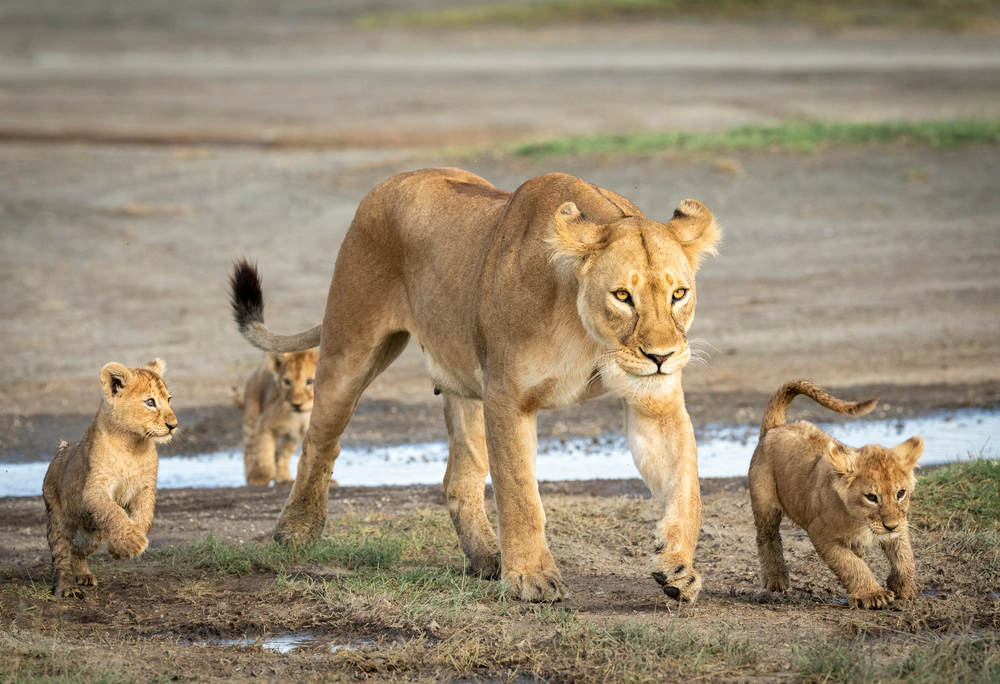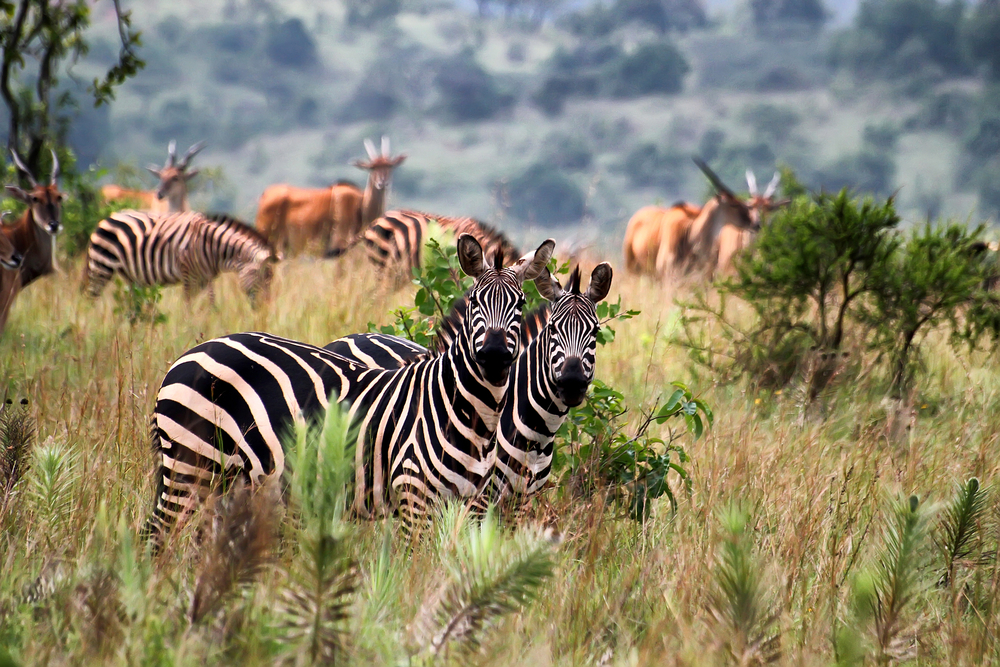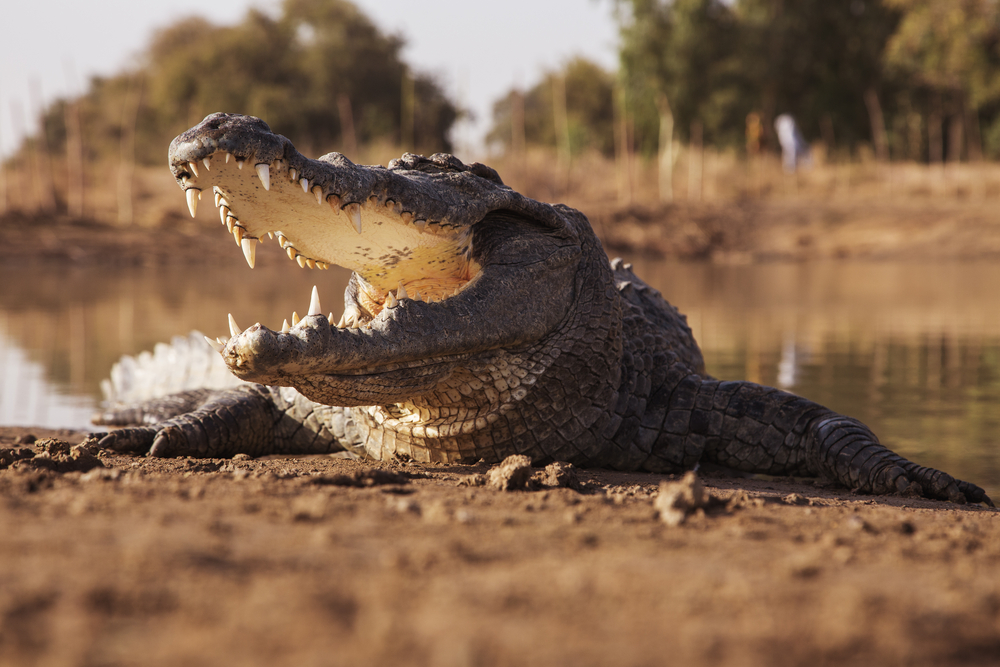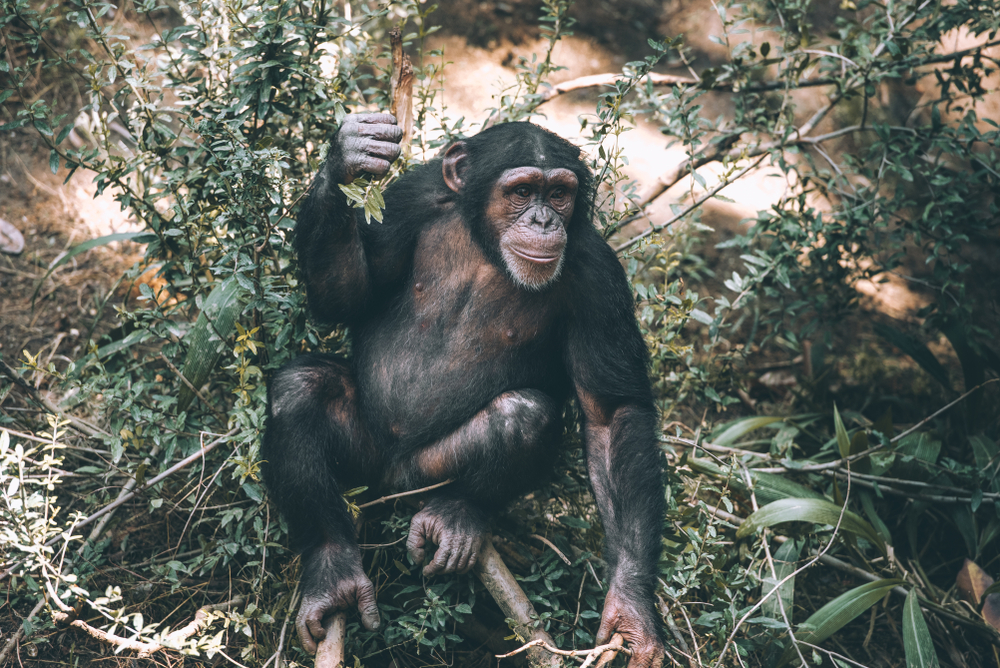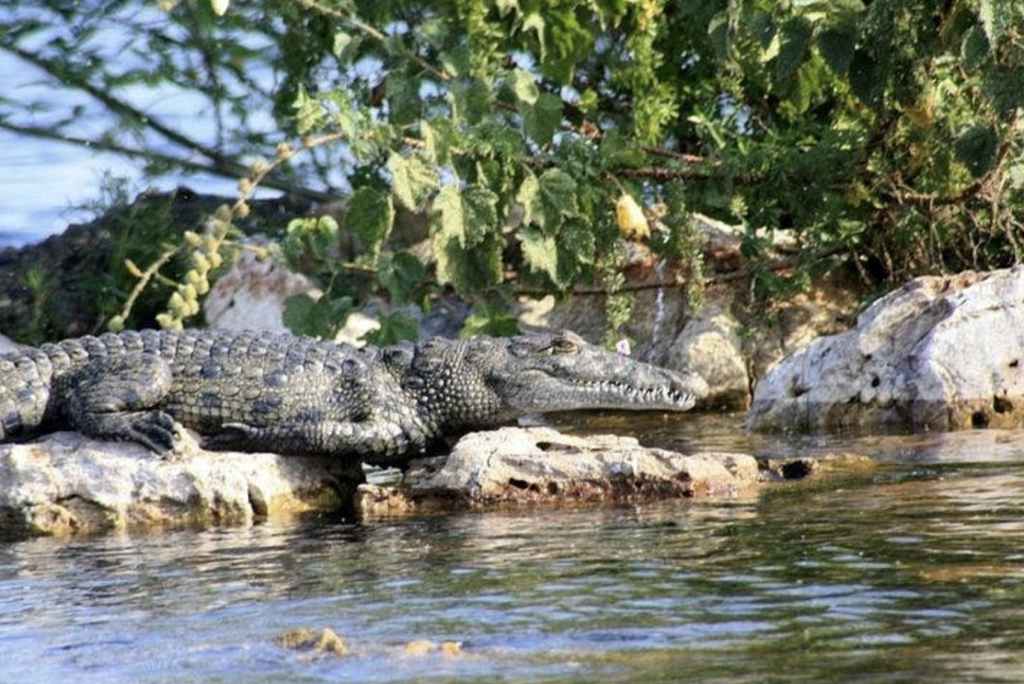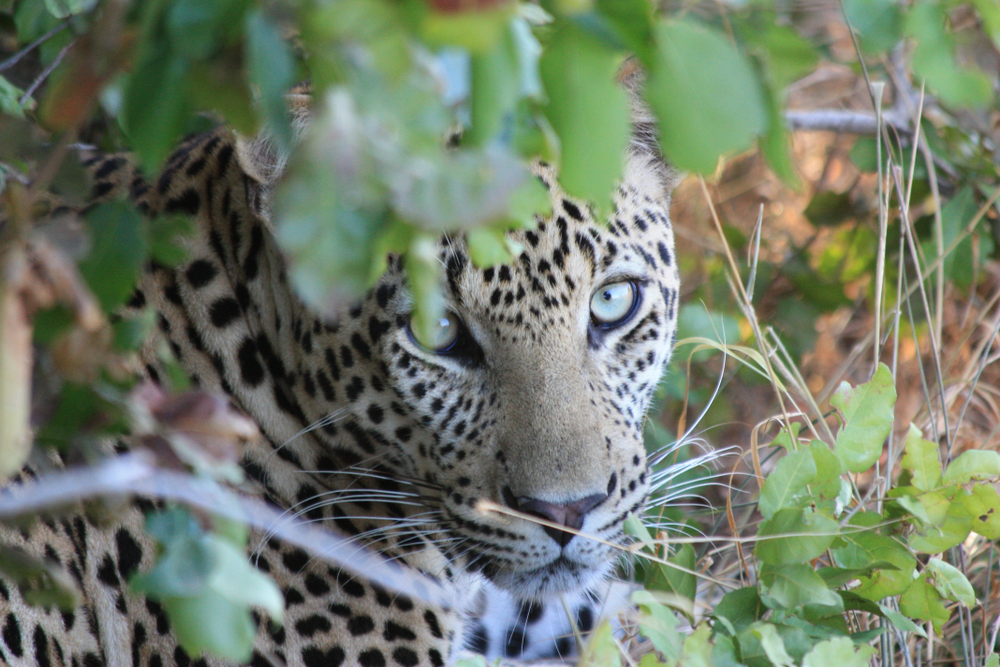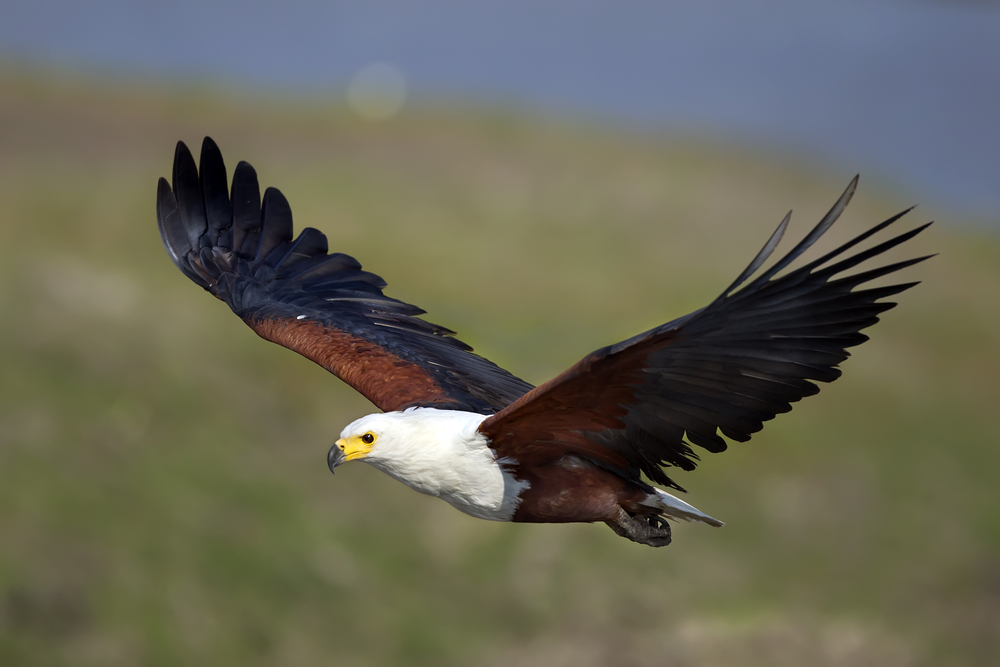Ugalla River Overview
Ugalla River National Park, locally known as Hifadhi ya Taifa ya Mto Ugalla, is a hidden treasure located in western Tanzania. Spanning approximately 3,865 square kilometers (1,492 square miles), this park is a haven for wildlife and one of the country’s most pristine wilderness areas. Dominated by expansive floodplains, dense miombo woodlands, and the meandering Ugalla River, the park offers a unique and tranquil safari experience away from the bustling tourist circuits.
The park’s namesake, the Ugalla River, is the lifeblood of the region, carving through the landscapes and nourishing a variety of ecosystems. During the rainy season, the river’s floodplains transform into wetlands teeming with life, while in the dry season, the river becomes a vital resource for wildlife. Although the park does not feature towering mountains or dramatic waterfalls, its undulating terrain and riverine forests create a stunningly diverse environment for exploration.
Ugalla River National Park is renowned for its incredible biodiversity. Large mammals, including African elephants, buffaloes, and hippos, are frequently sighted along the riverbanks and open plains. Predators such as lions, leopards, and the elusive wild dogs are also present, thriving in the park’s vast and untouched landscapes. Antelope species, including roan antelopes and topis, are commonly seen grazing the floodplains, while smaller mammals like warthogs and baboons add to the park’s diversity.
The park’s aquatic ecosystems are equally impressive. The Ugalla River and its surrounding wetlands are home to Nile crocodiles, monitor lizards, and a rich array of fish species. Anglers will appreciate the opportunity to fish in these waters, which are known for their abundance of tilapia and catfish. Birdlife is another major highlight, with over 400 recorded species. Notable birds include the African fish eagle, crowned cranes, ibises, and colorful kingfishers. The wetlands also attract migratory birds, enhancing the park’s appeal for birdwatching enthusiasts.
Conservation is a core focus of Ugalla River National Park. Established to protect the region’s unique ecosystems, the park is managed by the Tanzania National Parks Authority (TANAPA). Conservation initiatives include anti-poaching efforts, habitat restoration, and community outreach programs that promote sustainable land use practices. By engaging local communities, the park ensures that conservation efforts benefit both wildlife and the people who live nearby.
Visitors to Ugalla River National Park can enjoy a range of activities that highlight its natural beauty. Game drives across the floodplains provide excellent opportunities for wildlife sightings, while boat safaris along the Ugalla River offer a tranquil way to observe aquatic life and birds. For adventurous travelers, walking safaris provide an intimate exploration of the park’s wilderness. The remote and untouched nature of the park ensures an immersive and peaceful experience, making it a perfect destination for those seeking solitude and a deeper connection with nature.
In summary, Ugalla River National Park is a serene and biodiverse haven where water meets wilderness. Its thriving ecosystems, diverse wildlife, and commitment to conservation make it a must-visit destination for eco-tourists and adventurers alike.








































































